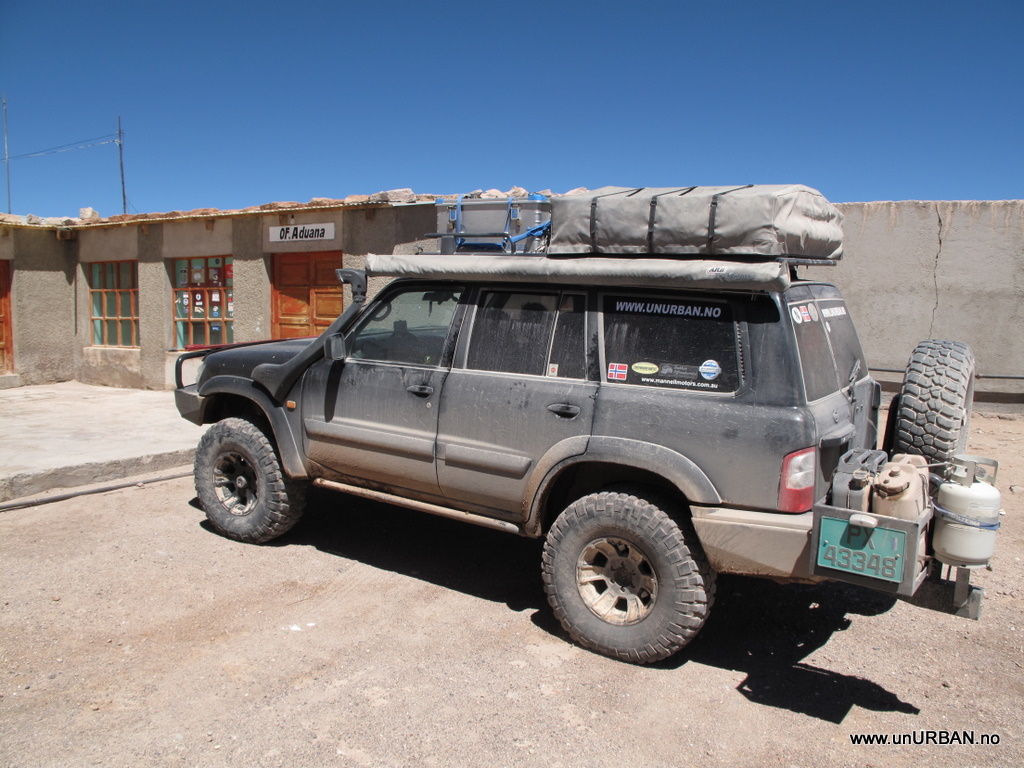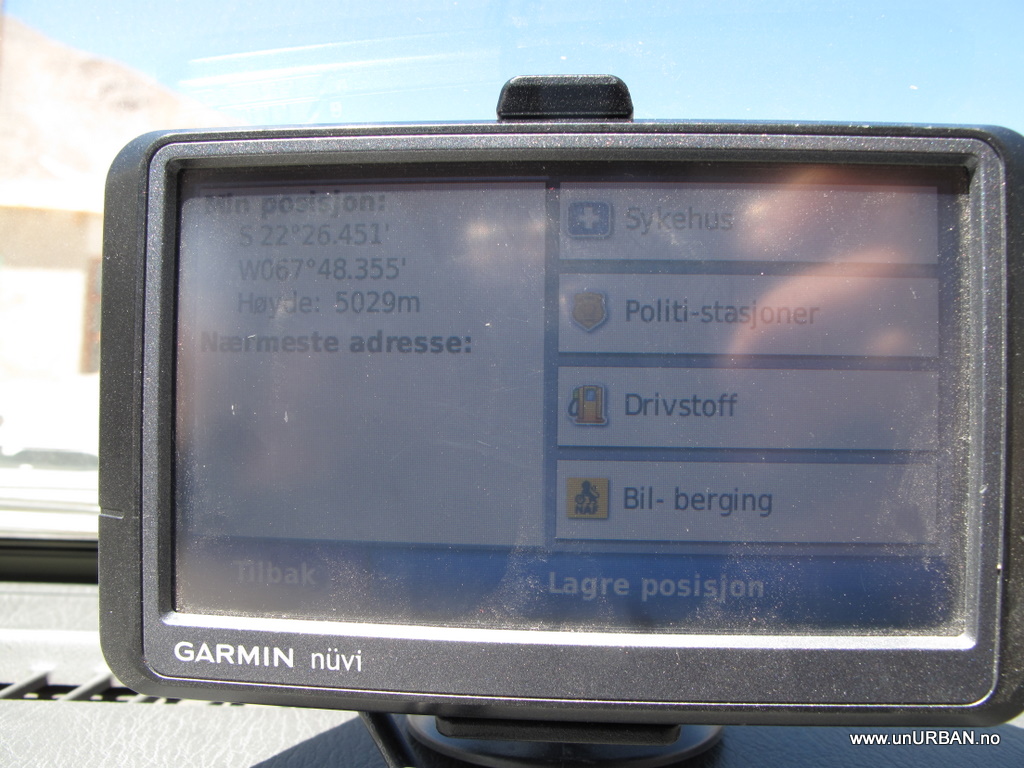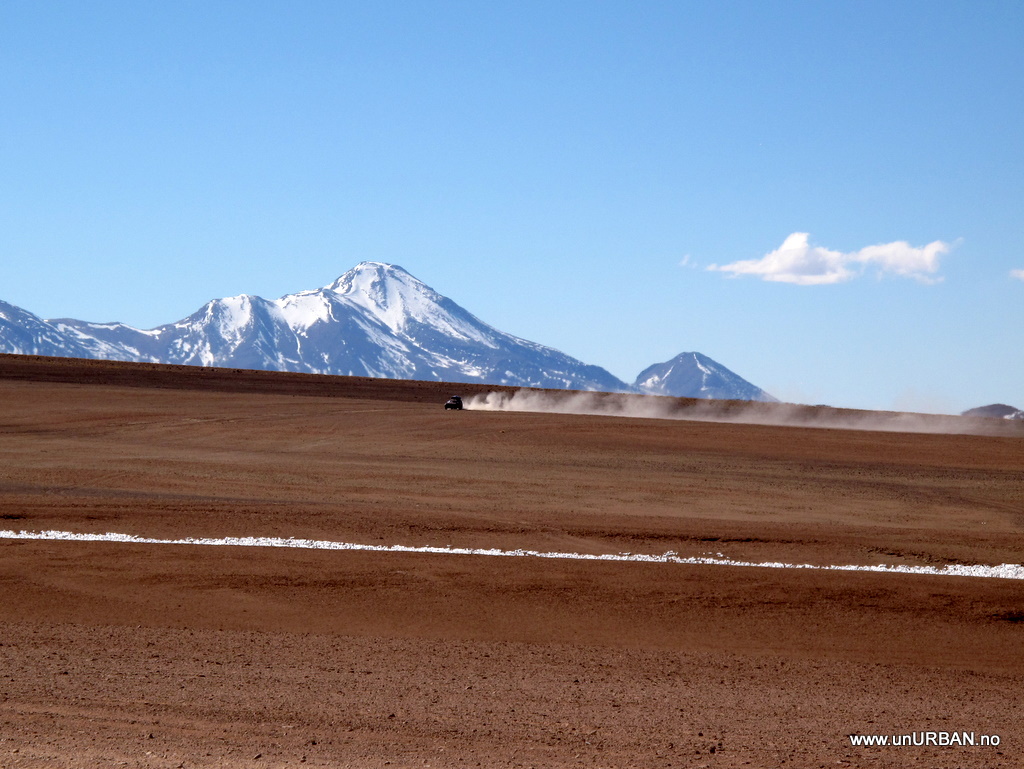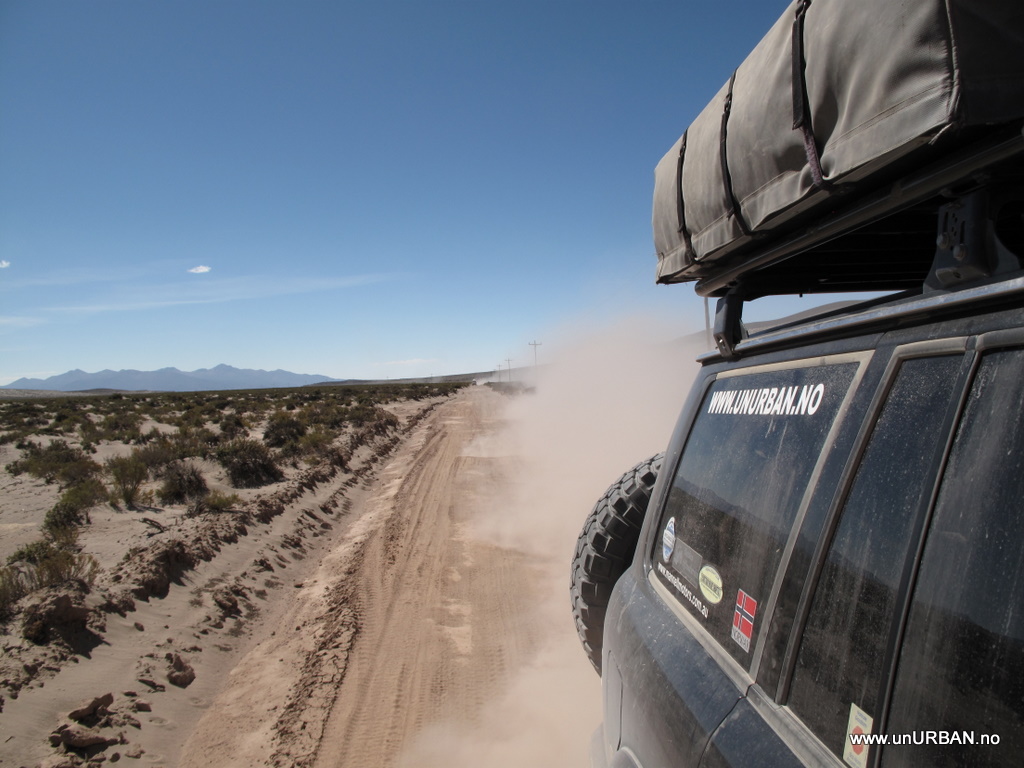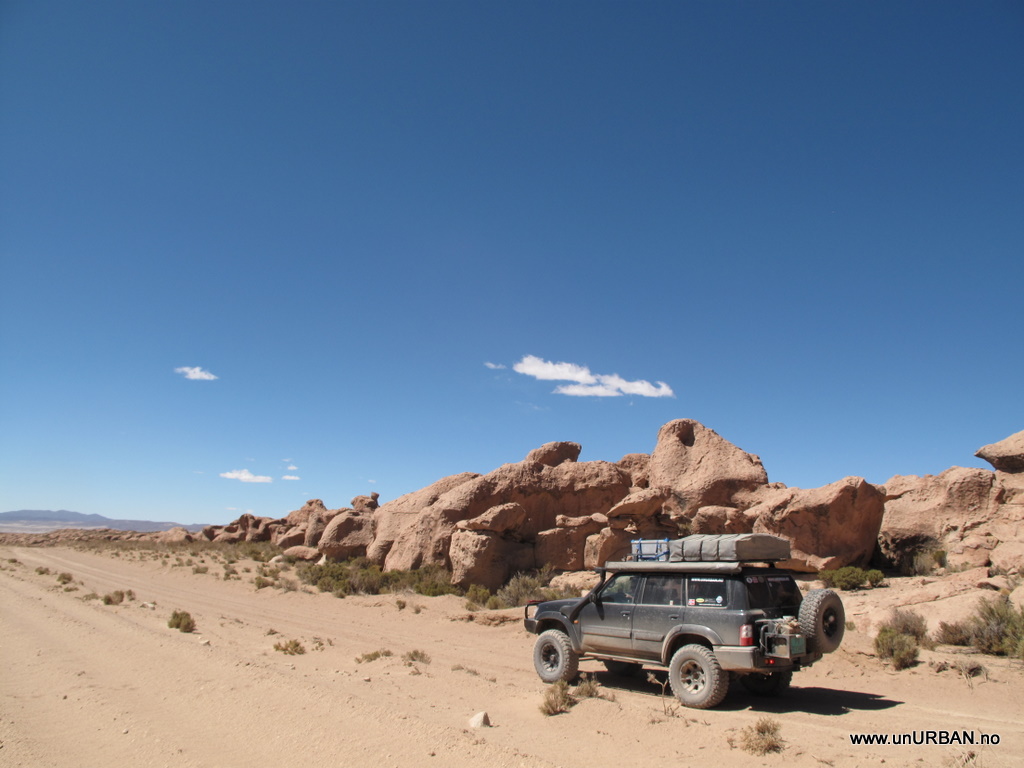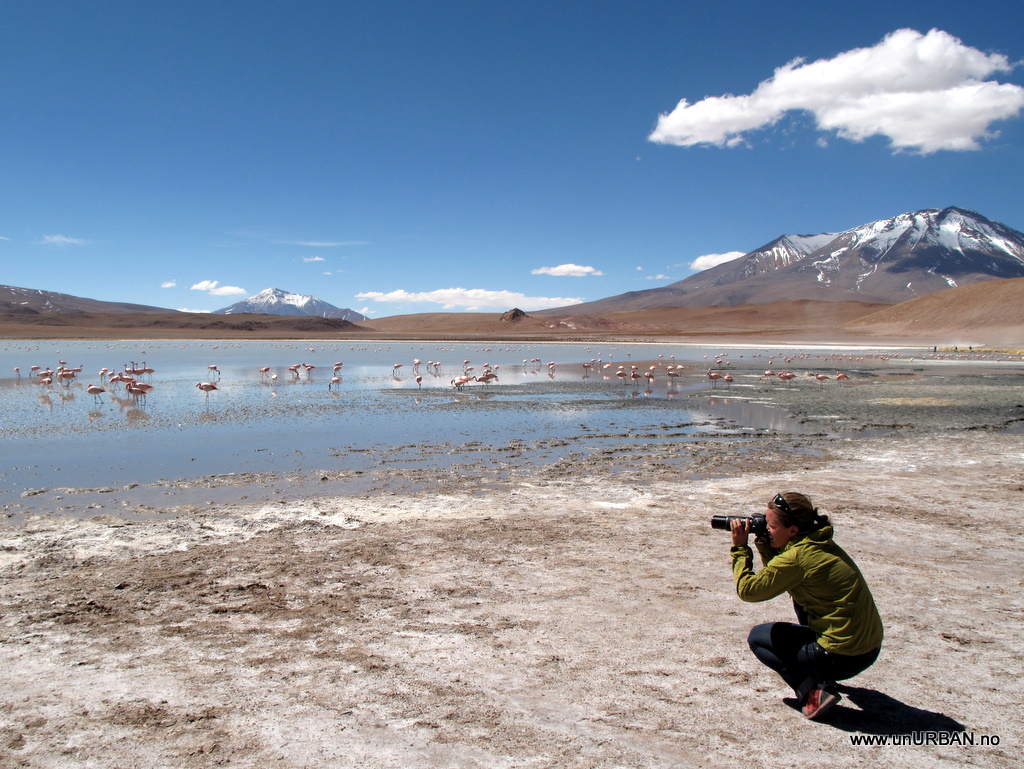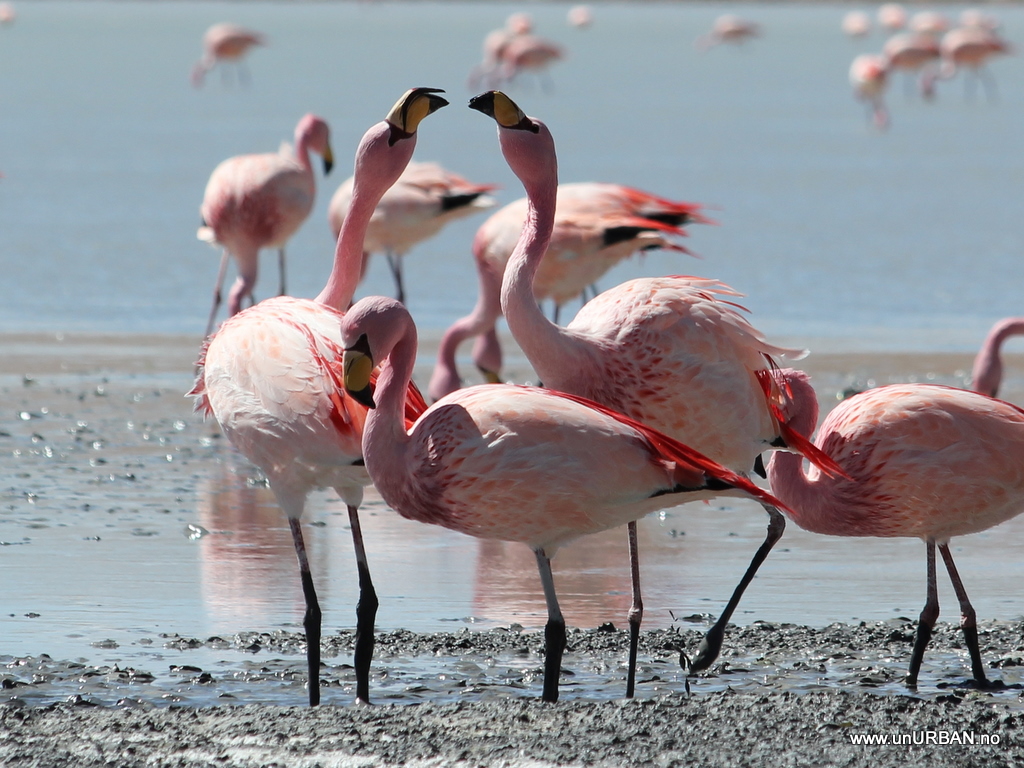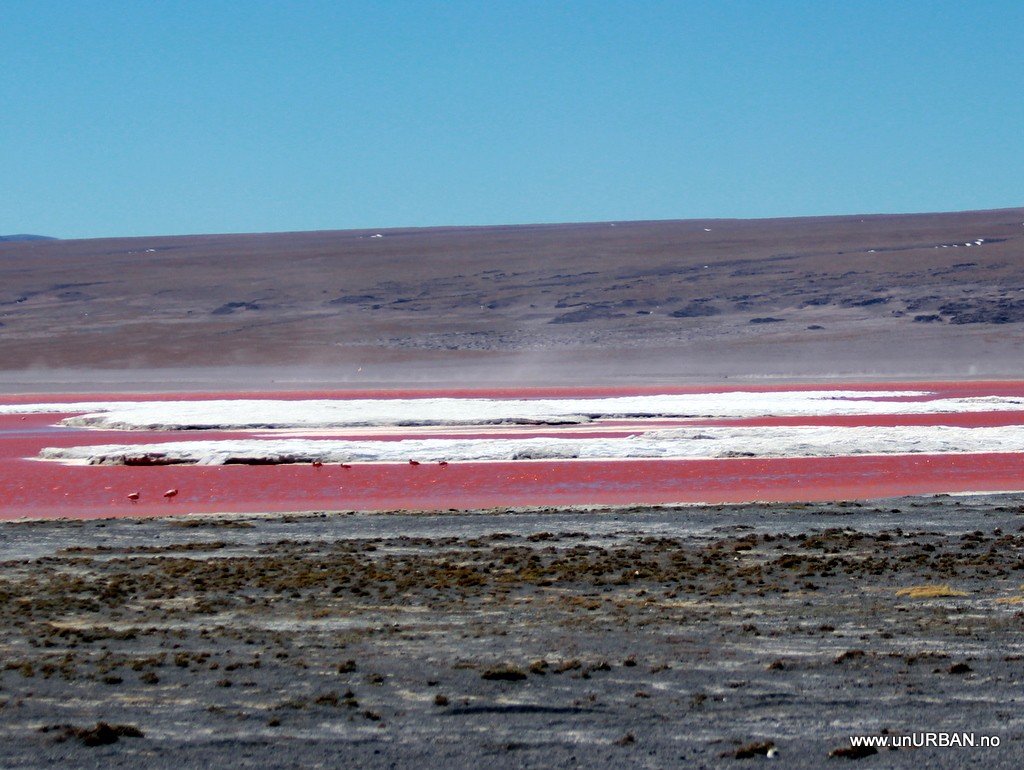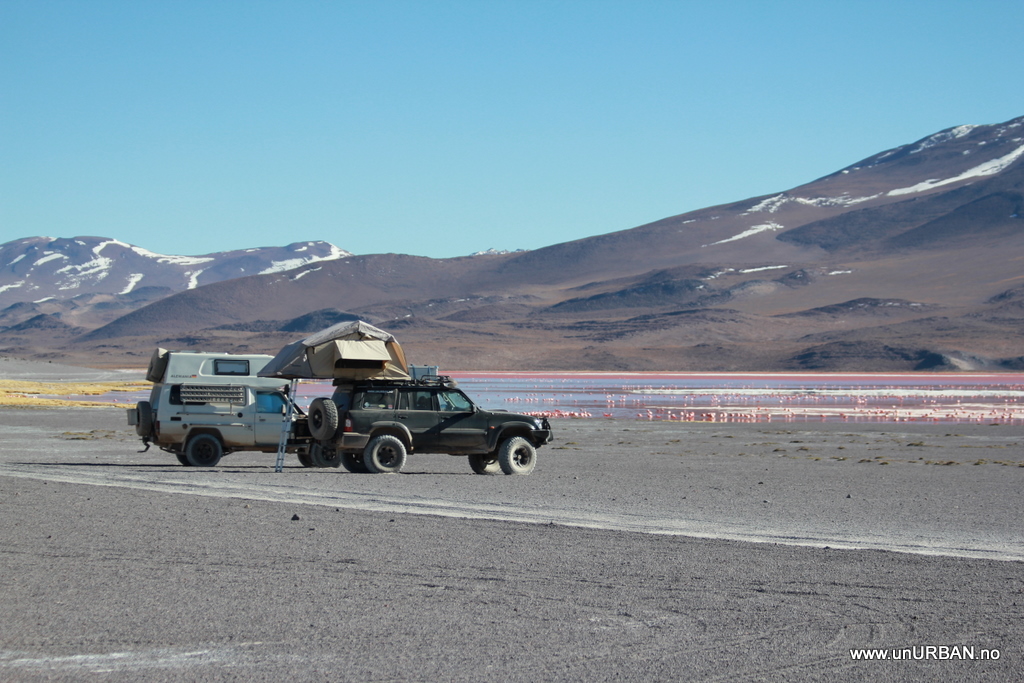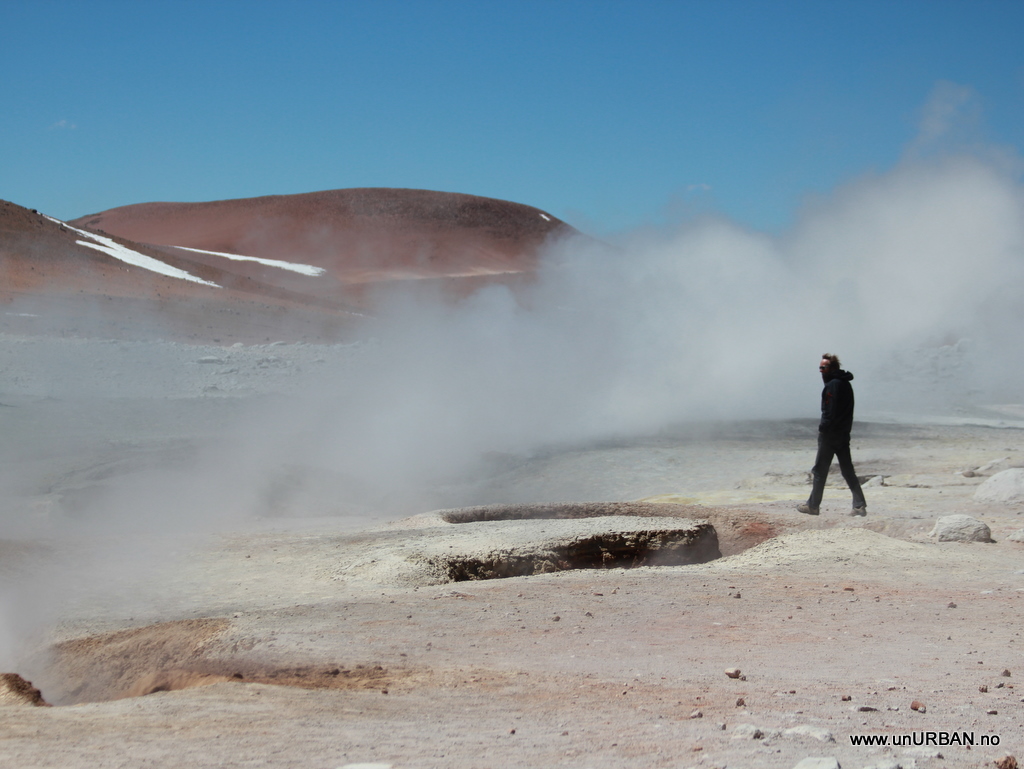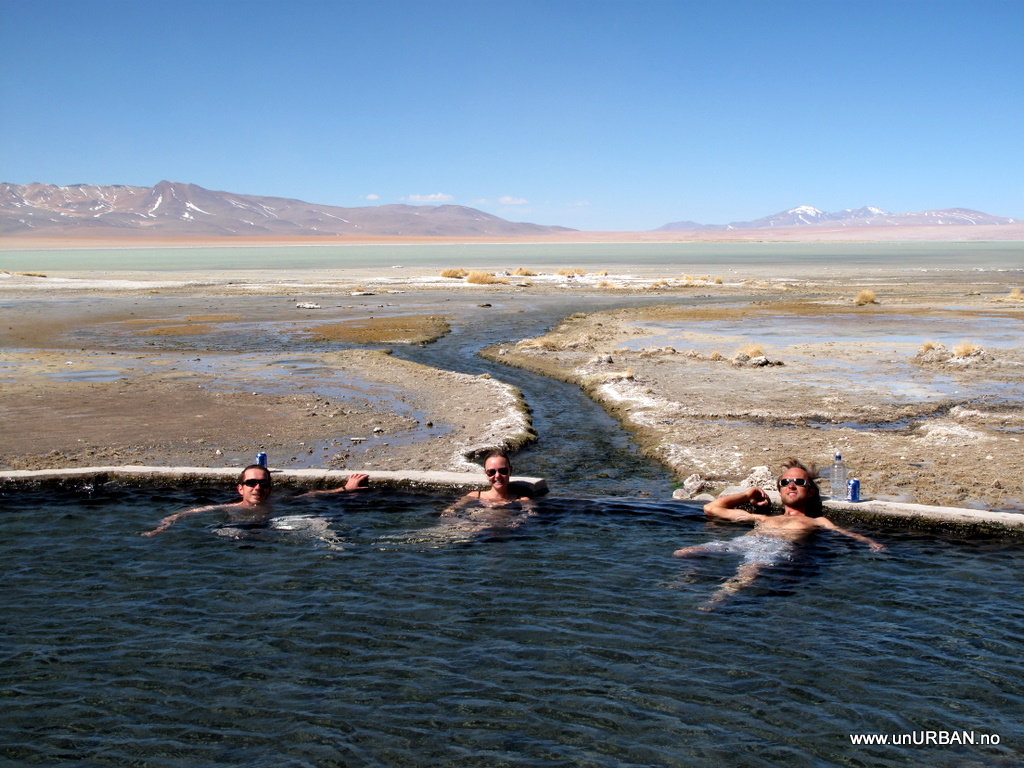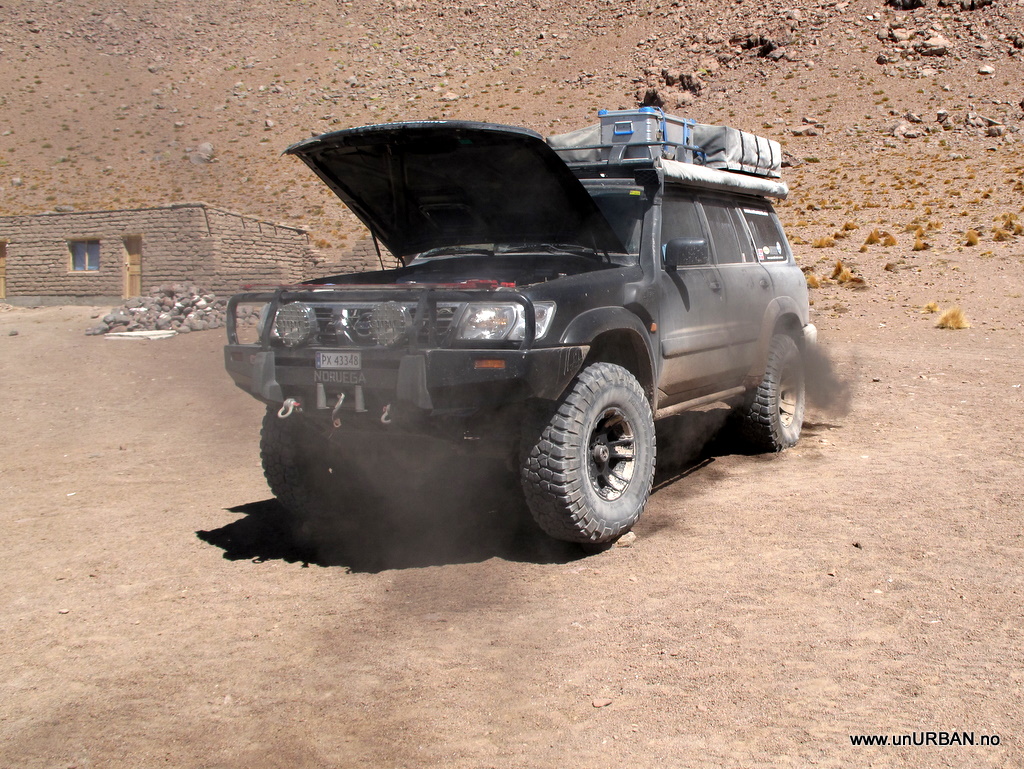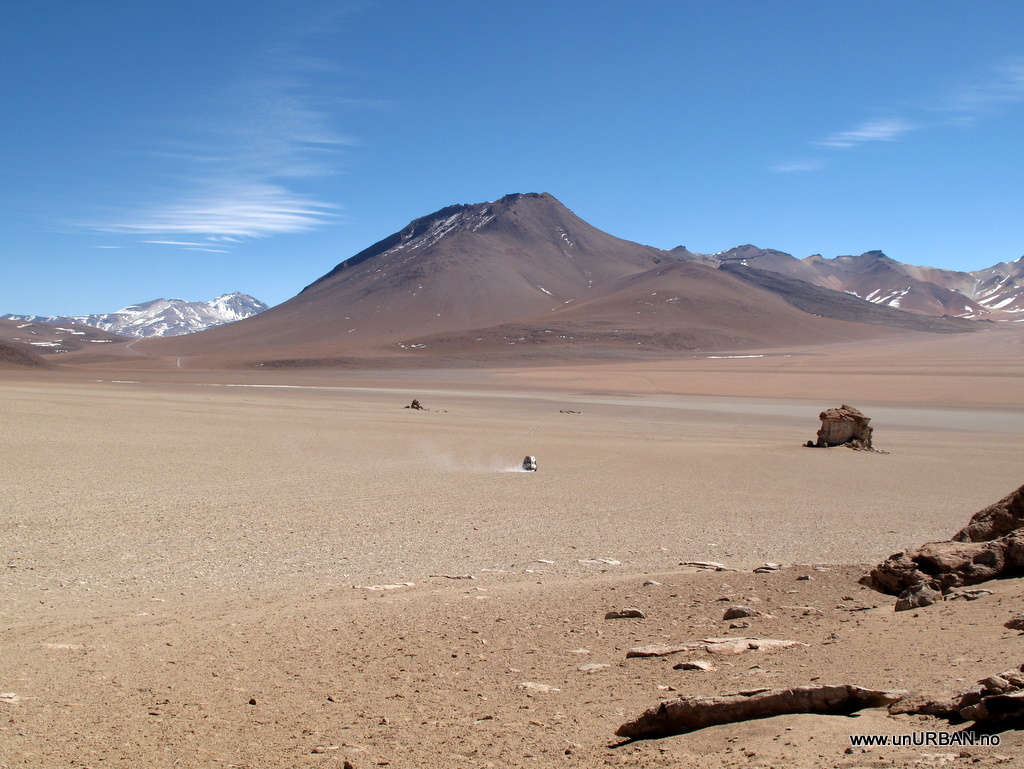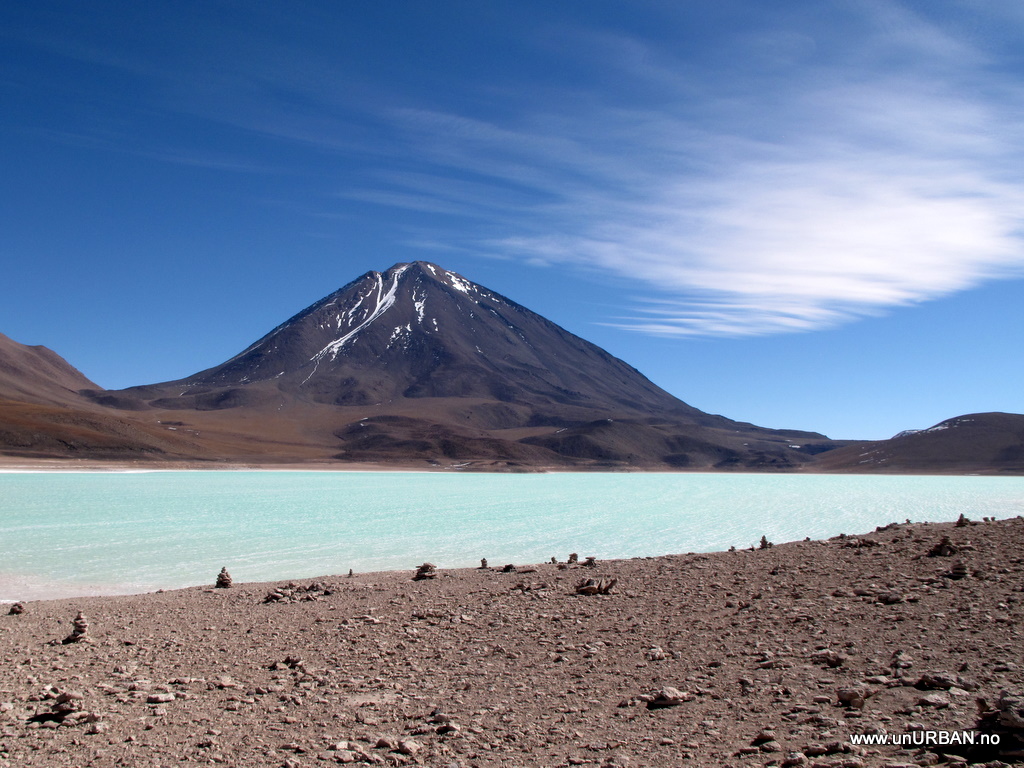Ruta de Lagunas in Bolivia
.
All overlanders have heard about Ruta de Lagunas by the time they reach Bolivia. It is a route going south over the Altiplano from the salt flat of Uyuni. It normally ends in San Pedro de Atacama in Chile, but it is of course possible to also do a loop back east without crossing the border. And of course, you can also do the route in the opposite direction. The road is mostly rough gravel, but in some places it is more like well used tracks. Earlier, this route was considered quite “off-the-beaten-track”, but now, 4x4 tours are running all over the place.
.
.
We took a slightly more eastern road the first 50-60 kilometers going south from Uyuni. This took us down a fantastic valley and to the diagonal Valle del Piedras.
.
.
From here we went east to connect with “the route”. The first lagoon stop was Laguna Cañapa, and Malin went for the flamingos right away.
.
.
The new camera performs quite well!
.
.
Laguna Colorada is one of the wonders along this route. This lake is mostly red, but kind of changes color depending on time of day and the sunlight.
.
.
Its flamingos are even red’er than normal. We camped on the shore, and had the most amazing view of these fascinating birds (we’re not as close as it looks! (really!)).
.
.
We left the Laguna Colorada and kept driving south. The temperature high up on the Altiplano is well below freezing at night, and the wind never stops. At times we were a bit worried about our roof top tent, but it is still up there. However, every evening we were sitting inside the car in the front seats watching a movie. It was just too cold and uncomfortable being outside. For the high Andes we have concluded on taking a vehicle where we can live inside the next time…
.
.
On our way south we came across a sign pointing us to “Sol de mañana” which turned out to be a very active geyser, and where the road went practically through the middle of it.
.
Later that day we parked at Termas de Polques (hot springs), and this is a place that makes the Altiplano slightly more civilized. Even with strong winds and temperatures close to freezing, this was a pleasant break. We even decided to spend the night so we could have another dip in the pool the next morning. The problem was to get out of the pool after you had managed to strip and get in…
.
.
Here in the pool with Georg and Andrea from toyotours.com. 35 degrees celsius...
.
On the Bolivian Altiplano was also the first time that I’ve had issues starting the Patrol. Many travellers have told us about how they have had to wait until the sun have warmed up the air (and the car/engine), but I was still a little surprised that this happened when we were there. The temperatures was not below -10 degrees Celsius (14 deg F), but it still took us 5 minutes cranking the engine before it started properly even after a couple of hours in the sun. In Mexico and Peru we also camped above 4000 meters and in similar temperatures, but never had these issues there.
.
.
I believe the explanation is the quality of the Bolivian diesel. We were told that a lot of it came from Venezuela, but I don’t know this for sure. The last few days of the Ruta de Lagunas we also experienced the water-in-the-fuel sensor regularly going off. I guess I’ll have to try to drain the tank or get some additives to solve this when we get to Chile.
.
.
Driving back down to the road between the “Piedras de Salvador Dali” after a lunch stop.
.
.
The final stop on the route is the Laguna Verde. And it really is green. Volcan Licancabur is in the "background"... We camped for the night and tried our best to empty out our fridge before crossing to Chile the next day. Chile has strict rules about what you can bring into the country when it comes to food. If you are unlucky (which means come across the wrong border guards) you can loose most of your food. We weren’t’ sure about the rules for wine and beer, but decided not to take any risks!
.
We crossed the border the next morning, and we will post the details on our website soon!
.
E&M


